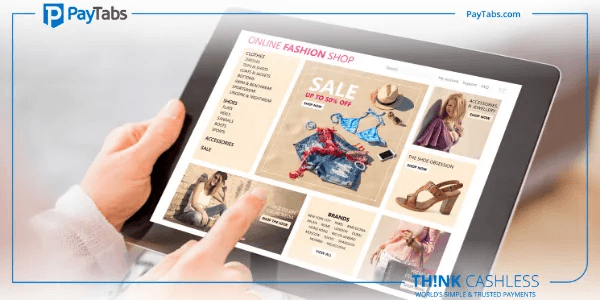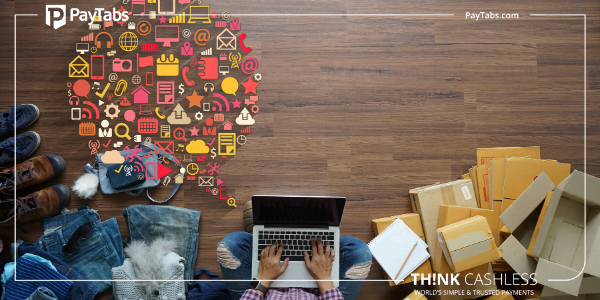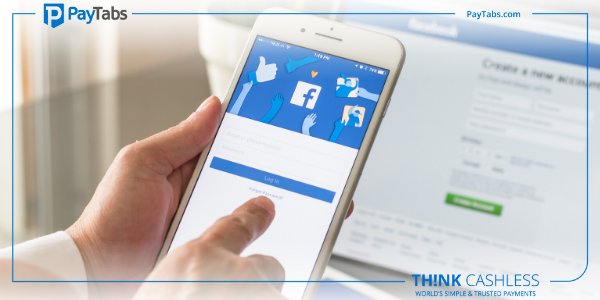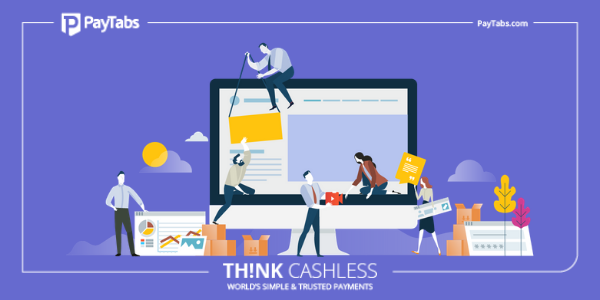How to Attract Millennial Shoppers to Your Online Store
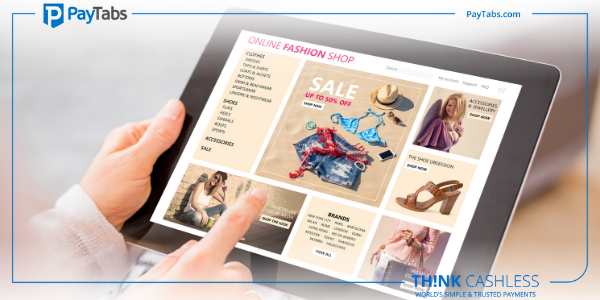
Millennial customers have transformed the modern shopping scene in dramatic ways. This is the generation that has witnessed rapid technological development while growing up and is extremely comfortable using the latest digital innovations. So, to ensure that your online business thrives, it is important that you prepare your strategies keeping these millennial customers in mind.Why? Well, this generation shops for almost everything online, from clothes and books to movie tickets, insurance and even expensive jewelry. Now, if you are worried that this task might be easier said than done, the simple tricks mentioned here can help you out.By following these, you can reel in more millennial shoppers, build a solid customer base,and realize more profits in no time.
Personalize the Experience: Millennial shoppers believe in unique experiences and ultimate convenience. Therefore, it is important that your online store is able to provide them a unique ambiance. The overall user experience needs to be personalized in a holistic manner. In order to implement the process, you should define your target market first. Your website design, your curated items and customer accounts should be designed accordingly. You can further enhance the experience by displaying your client’s name when they login to your site. It is also recommended that you send the promotional mails directly addressing the clients by their names, thus making the experience more personal to them. The content and graphics in such mails should also be personalized as much as possible.
Use Multichannel Strategy: While millennial shoppers are super comfortable with technology, it is only natural that they will not stick to one particular channel. In order to capture their interest and keep them engaged, it is important that your online business adopts a multichannel strategy. In simple terms, multichannel strategy incorporates both marketplace and digital marketing strategies. You should also optimize your website for different screen sizes, ranging from tiny phones to big screen computers. As more and more people are moving towards mobile shopping, your website should be tweaked to suit handheld screens. Further, your website should be easy to load even on slower networks. You should also work on your supply chain and it should be properly integrated with your online and offline stores.
Invest in Social Media: Most online shoppers throng to social media platforms before making any purchase. They do it to gather more information, seek advice and to find a connection with the business in question. Therefore, it is important that you bolster your online media presence. It will help you build your brand value as well as engage your target market. Social media can also be used for addressing various issues faced by your clients and for disseminating important information. Today, there are several social media sites available such as Facebook, Snapchat, Twitter,etc. You should ensure that you have a comprehensive strategy regarding the use of social media, so that all these platforms provide a cohesive image of your business.
Enhance User Experience: Millennial customers put a premium on experience, and so, you need to ensure that your business is capable of providing a holistic ambiance to them. The strategy for ensuring customer satisfaction needs to be comprehensive so that various facets of the business are involved. It may start with your online store layout where the color scheme, placement of items and curation is done with the aim of enhancing user experience. Another important aspect of excellent user experience is the integration of different services. The payment system should be simple and secure while the cart checkout system needs to be intuitive. Overall, different systems running the business should work in tandem, to ensure that the customers get a seamless experience.
Be Dynamic: Millennial shoppers quickly adapt to changes and are highly dynamic. In order to keep them interested, it is important that your online business practices the same formula. For example, you can reset your product line frequently to offer new items to your clients. You may also seek to tweak your website design to keep it looking fresh and attractive. However, you should also ensure that such frequent changes do not change the basic structure of your business. Also, these changes need to be intuitive, to help customers navigate through them easily.
To conclude, the millennial generation can prove to be an excellent customer base, provided your business is able to adopt dynamic practices to suit their changing requirements. With the above guidelines though, you can make your online store more suitable for millennial shoppers without wasting much time.
